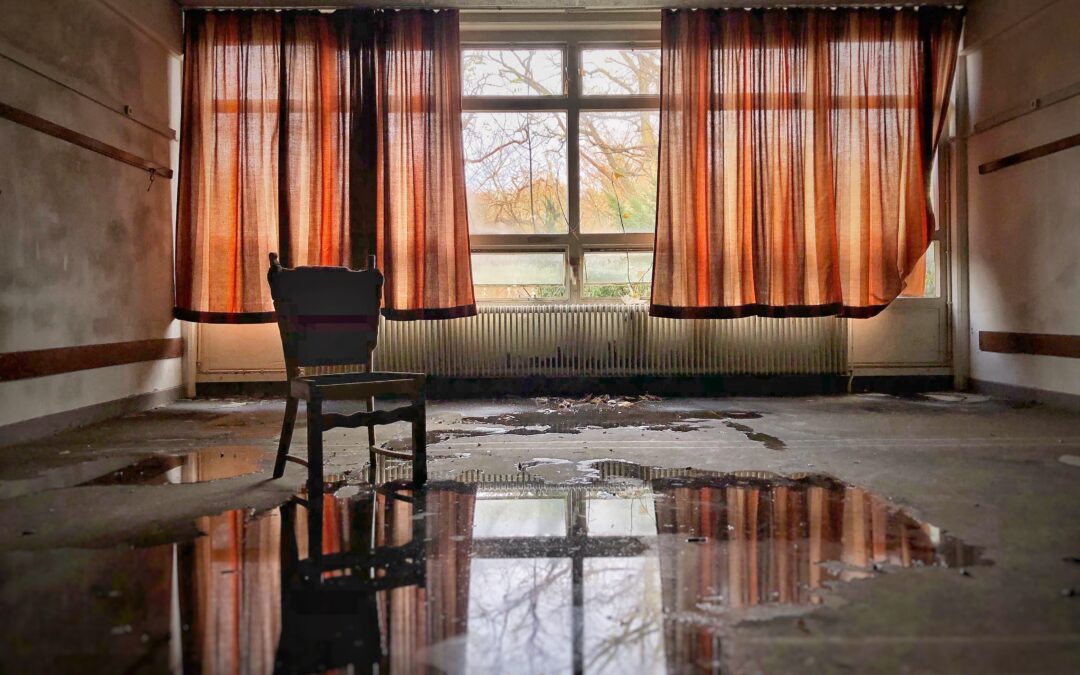Water damage in your Norfolk home can be incredibly stressful, whether it’s from a burst pipe, heavy rain, or an overflowing appliance. Taking quick and calm action is important to minimize the impact. With homes in our area frequently facing such issues, knowing what to do right away can save you time and money.
Acting fast can prevent further harm to your home’s structure and greatly reduce the risk of mold and mildew growth. This guide will help you understand essential steps, from assessing the damage to knowing when to call for professional help. Focusing on safety and effective mitigation ensures you can tackle the situation efficiently.
By following some straightforward procedures, you can deal with the aftermath of water damage more confidently. From simple DIY methods to recognizing signs that indicate the need for expert intervention, being prepared will empower you to restore your home back to its comfortable and safe state.
Assessing the Situation and Ensuring Safety
Before you can address water damage in your home, it’s crucial to evaluate the situation thoroughly. Start by identifying the source, as this will help you determine the extent of the damage. Check if the water is from a clean source, like a broken pipe, or if it involves more hazardous elements such as sewage or flooding. The severity of the damage can guide you in deciding whether you need professional help or if it’s something you can handle on your own.
Your first move should always be to ensure safety. Turn off electricity in affected areas to prevent electrical shocks or fires. If you’re uncertain about which circuits are impacted, it’s best to shut off power to the whole house. Never enter rooms with standing water without taking proper precautions, especially when power lines are exposed. If structural damage is apparent, such as sagging ceilings or walls, evacuate the area immediately to avoid injury.
Safety must always remain a priority. Check for signs of structural risks like creaking noises, bulging walls, or visible sagging, as these indicate potential collapse. Consulting a structural engineer for a professional assessment may be necessary for extensive damage. Safeguarding your health and well-being should always be the first step before tackling any water damage cleanup.
Initial Steps in Water Damage Mitigation
Acting swiftly can significantly reduce the impact of water damage. Begin by removing valuables from the affected area to prevent further loss. Important documents, electronics, and heirlooms should be secured in a dry location. If possible, contain the source of water to minimize spread by blocking any additional water flow. Using towels or sandbags can be effective in creating temporary barriers.
A quick response is vital in preventing mold and mildew, which can develop within 24 to 48 hours in damp conditions. Not only do they damage property further, but they can also pose serious health risks. Swift action helps limit this growth, preserving more of your home’s structure and your belongings.
Documenting the damage is another critical step. Take clear photographs and videos of all affected areas and items. This documentation simplifies the insurance claim process, providing undeniable proof of loss and helping you get the support you need faster. Keep a detailed list of damages and any actions you take. By following these steps, you can mitigate further damage and streamline the recovery process.
DIY Water Removal and Drying Techniques
Once you’ve ensured safety and mitigated immediate risks, it’s time to begin the process of removing water and drying your home. Start with simple methods for tackling standing water. Using mops or towels on smaller puddles can be effective. For larger volumes, a wet/dry vacuum is a handy tool to swiftly suction up water.
After most of the water is removed, focus on drying the affected area thoroughly. Utilize fans to increase air circulation; position them at angles to help move damp air out and bring fresh air in. Dehumidifiers are essential for pulling moisture out of the air, reducing the risk of mold growth.
Be mindful of common DIY pitfalls. Ensure the space is sufficiently ventilated to avoid lingering dampness. Overlooking hidden moisture can lead to mold, so check places like behind baseboards or under carpets. Avoid using heaters to speed up drying, as this can promote further damage or mold spread.
When to Call in Professional Help
There comes a point when professional assistance is necessary to fully address water damage. Recognize signs like a musty smell, extensive water staining, or persistent dampness, indicating deeper issues beyond surface treatment.
Hiring water damage restoration experts offers several benefits. Professionals are equipped with advanced tools and techniques to ensure complete drying and dehumidification, preventing long-term problems. They can identify hidden moisture pockets and salvage materials others might overlook.
When choosing a service in Norfolk, prioritize local expertise. Look for businesses with solid reputations, certifications, and a track record of effective service. Prompt and reliable professionals can make a significant difference in restoring your home efficiently and safely.
Conclusion
Addressing water damage quickly and effectively is crucial to preserving your home’s integrity. The steps you take immediately after such an incident can determine how well you recover and restore your living space. Knowing when to handle things yourself and when to call for professional help ensures that you maintain a safe and healthy home environment.
For thorough and expert water damage restoration, look no further than Monster Clean. Our experienced team is ready to help you restore your Norfolk home with top-notch services tailored to your needs. Don’t wait for small issues to become big problems—contact Monster Clean for a carpet cleaning service that goes above and beyond.




